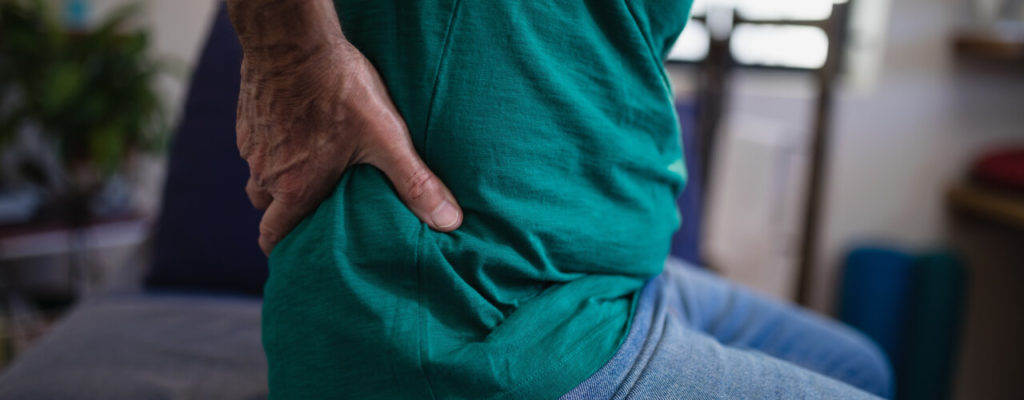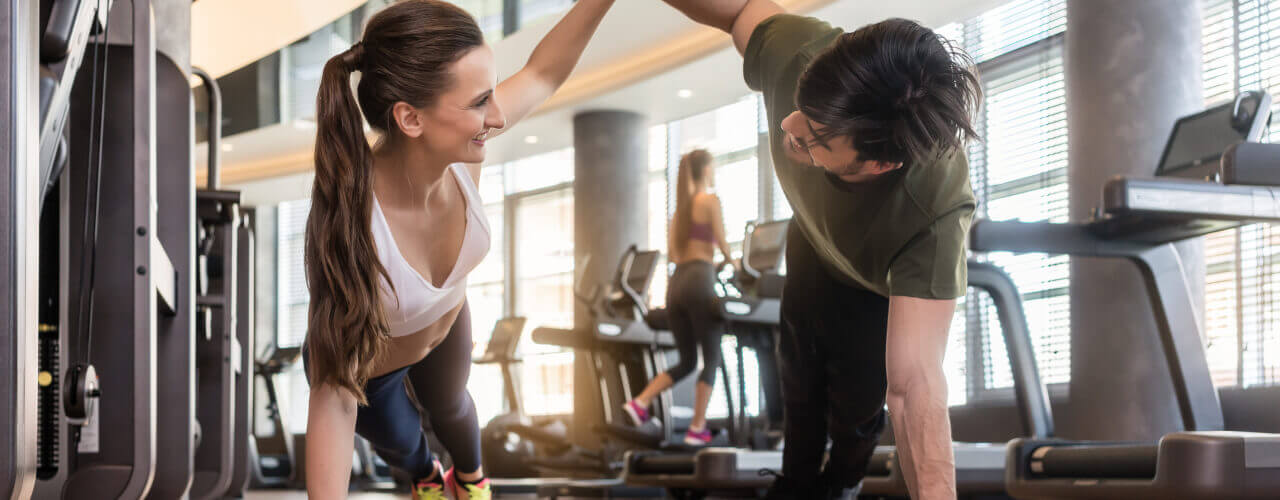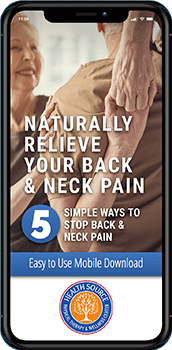Ready to Get Moving Again? Physical Therapy Can Help!
Do your weight-bearing joints feel more like pain-bearing joints these days? If you have hip and knee pains, you may be unable to perform your job, play sports, handle household tasks, or even find a comfortable sitting or sleeping position.
These limitations and frustrations might have you taking potentially risky painkillers or considering joint replacement surgery. Fortunately, many causes of hip and knee pain respond quite well to physical therapy – the natural approach to pain management.
Why should I choose physical therapy over pain relief medication?
If your doctor has prescribed you pain relievers it is best to follow the guidance of your doctor.
However, you are welcome to discuss physical therapy with your doctor as well.
If you find that your pain level has decreased through physical therapy, you can discuss reducing your pain reliever usage with your primary physician.
Pain in the hips and knees – what’s causing it?
Your hips and knees do a lot of work over the course of a lifetime. These joints must withstand the majority of your body weight — not just when you’re standing still, but also as you walk, run, climb or jump. It’s not surprising, then, that a variety of ailments and injuries can plague the knee and hip joints.
Your hip and knee pains and stiffness may be caused by:
- Osteoarthritis – Osteoarthritis is a degeneration of the cartilage that normally keeps the bone ends in a joint from rubbing together. The resulting friction causes chronic pain and inflammation.
- Bursitis – Both the hips and knees have fluid-filled sacs called bursae that prevent friction between bones and soft tissues. Unfortunately, these sacs can become inflamed from overuse, a painful condition called bursitis.
- Strains, sprains, and ruptures – The knee and hip joints can move thanks to muscles, tendons and ligaments. Repetitive motion or acute injuries can cause a strain (damage to muscles or tendons) or a sprain (hyperextension of a ligament). Athletes are vulnerable to ruptures of the ACL (anterior cruciate ligament).
- “Runner’s knee” – An unstable kneecap can lead to chronic knee pain. This condition is known as patellofemoral syndrome or “runner’s knee.”
Various health or lifestyle challenges can worsen a case of hip or knee pain. Carrying extra weight is a prime example.
A musculoskeletal misalignment or postural imbalance can place unnatural stress on a hip or knee. Lack of exercise can cause the muscles to weaken, setting the stage for chronic strain and joint instability.
Living with daily aches and pains? Physical therapy has got you covered
You may get pain relief when you are at the physical therapist and going through treatment, but what about when you go home? A major goal of your physical therapist is to heal your injuries over the long term.
The various exercises and treatments they use with you will steadily improve your condition so that you experience less pain on a daily basis. As your body gets stronger and more mobile, you are likely to experience less pain in your hips and knees.
How can physical therapy relieve my hip and knee pains?
Getting relief from knee or hip pain doesn’t necessarily involve the use of heavy drugs such as opiates or procedures such as joint replacement surgery. Physical therapy can improve your joint function while also easing your pain and stiffness.
Your physical therapist can prescribe exercises aimed at addressing your specific condition, such as:
- Knee lifts
- Hip rotations
- Heel-to-buttock exercises
- Mini-squats
- Hip flexion, extension, or abductor exercises
- Leg lifts
- Hamstring curls
- Step exercises
Even an activity as simple as walking to help preserve mobility and reduce pain in arthritic knees or hips.
Your physical therapist may also recommend that you receive heat/ice therapy, ultrasound therapy, massage therapy, laser therapy, or orthotic footwear to help normalize your musculoskeletal balance.
Relieve your pain and get moving today
The sooner you seek physical therapy for knee or hip pain, the better. Research shows that patients who rehab their hip or knee pain with physical therapy within 15 days of symptom onset have less need for pain injections, medications or surgical intervention.
Whatever stage of pain you’re in, it’s never too late to benefit from physical therapy. Contact our physical therapist to get started or visit us in Portland, MI.
Sources:
- https://www.webmd.com/pain-management/guide/hip-pain-causes-and-treatment#1
- https://www.mayoclinic.org/diseases-conditions/bursitis/symptoms-causes/syc-20353242
- https://www.medicalnewstoday.com/articles/325029.php#hip-extension
- https://www.medicalnewstoday.com/articles/325804.php#step-exercises
- https://www.healthline.com/health/patellofemoral-syndrome
Tags: physical therapy, health, joint pain, health and wellness, healthy tips, physical health, physical activity, hip and knee pain




